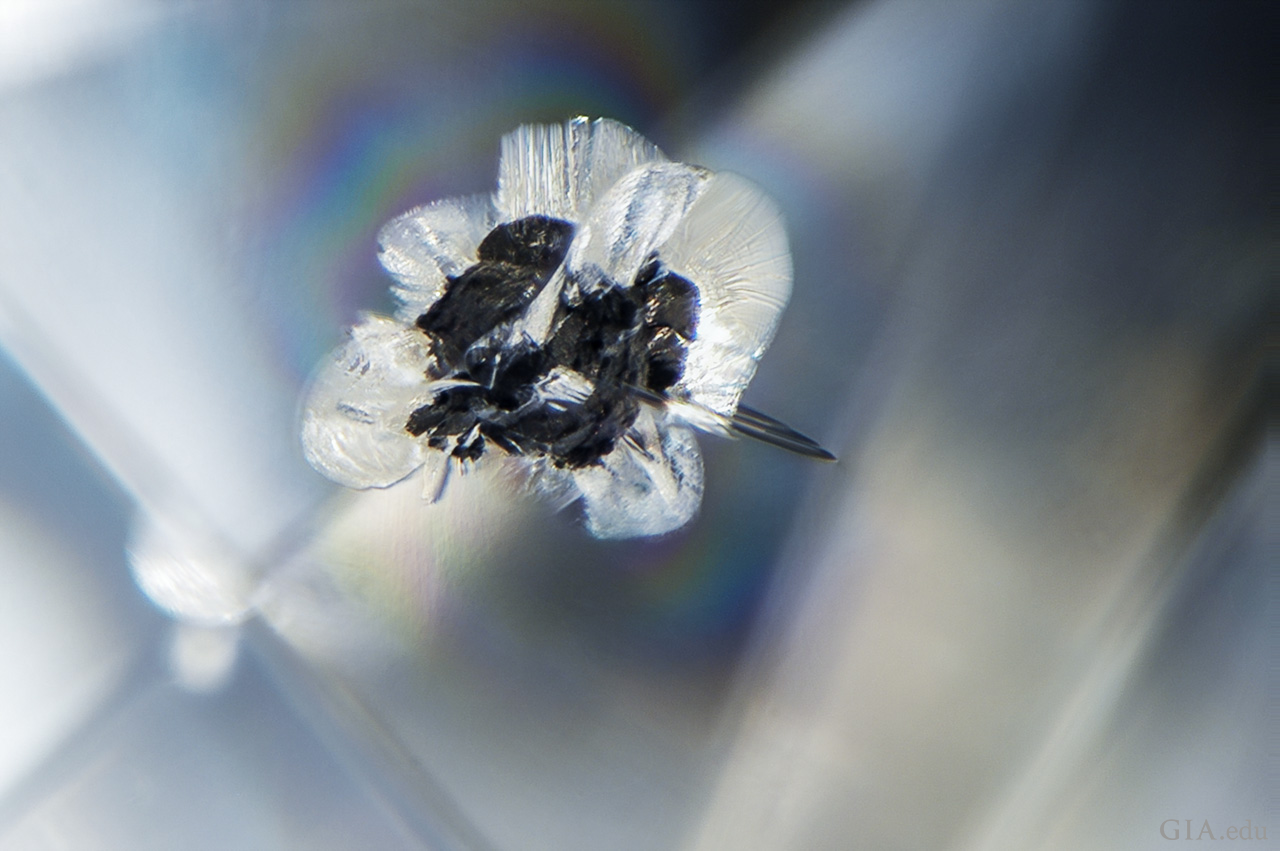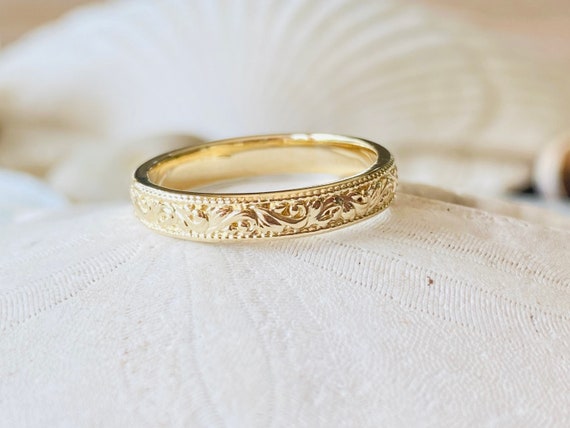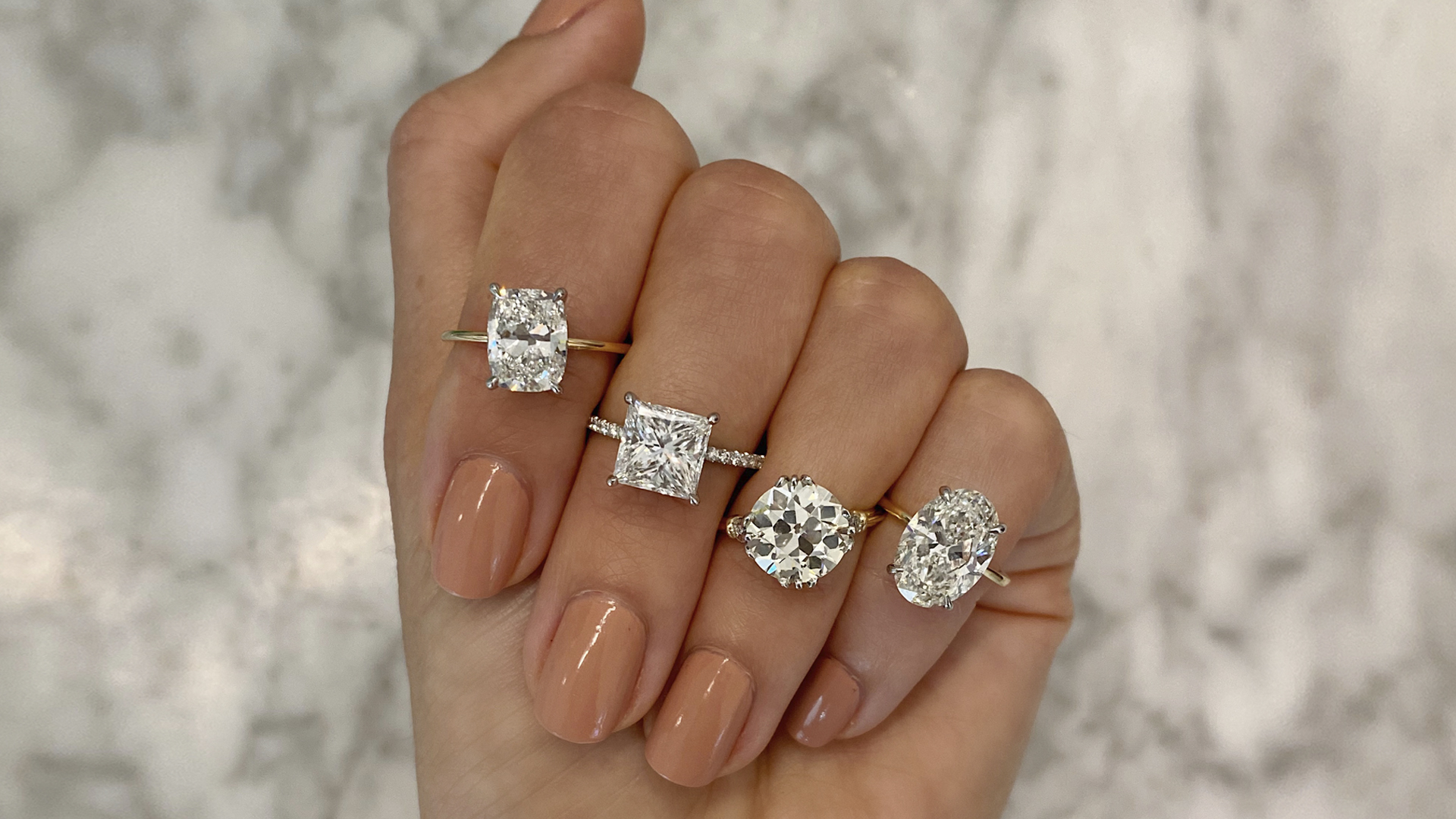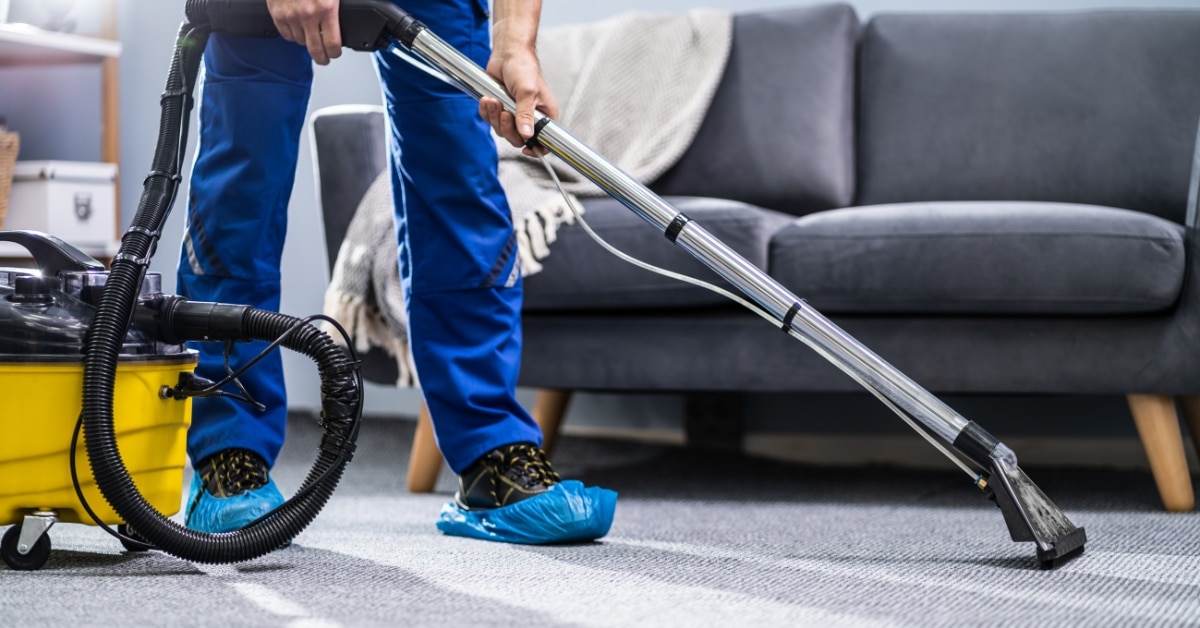Help Your Teenager Realize The Value Of Expression Through The Use Of Teen Counseling Activities

There are several teen counseling activities that you may perform with your teen, whether you are a therapist or a parent. Art therapy, journaling, and even games can all fall under this category. These exercises are great for teaching your teen the value of being authentic.
Teen Counseling Sessions
It might be challenging to get a teen to seek counseling treatment for their emotional or behavioral issues, but group therapy activities can create a secure, supportive setting where they can do just that. By forming supportive friendships with their peers, teenagers can learn to manage stress and find new solutions to old problems.
Activities in adolescent group therapy are planned to assist people to feel more comfortable around one another. Teens might gain insights into who they are as individuals through these pursuits as well. They will gain insight into where they excel and where they could use improvement.
Teens can take part in a wide variety of group therapy sessions. Some are meant to help teens break the ice, while others are meant to get them involved in productive ways with their peers. Among the most well-liked are icebreakers, appreciation exercises, and thought challenge journals.
Two truths and a lie – This is an excellent illustration of the type of group activity designed to encourage youngsters to open up to one another. An easy icebreaker is to have everyone share three self-affirming facts on paper. The participants in this activity will be encouraged to reflect on their own successes and shortcomings.
Teens can benefit greatly from engaging in acts of gratitude since it helps them appreciate everything that they have to be grateful for. Furthermore, they aid young people in building healthy self-esteem.
Teens can benefit greatly from learning coping mechanisms for unpleasant feelings and thoughts by using thought challenge diaries. Any form of group therapy can benefit from implementing this exercise.
Teens can learn valuable lessons about working together through engaging in the “human knot” exercise, which is also a lot of fun. Members of the group will stand in a circle for this activity. They’ll then make an effort to free themselves from an armlock. This activity is meant to show teenagers that their contributions, no matter how modest, are valuable to the whole.
Teens might benefit from a variety of group therapy activities designed just for them. While some focus on encouraging interaction among youth, others are tailored to certain learning environments.
Art as Therapy
The use of art as a therapeutic tool with adolescents may prove to be quite effective in assisting them in dealing with their feelings. Art therapists encourage children and teens to share their emotions via various creative mediums. It’s possible that teens will use art as a means of coping with stressful situations.
Adolescents can relax and focus on their own needs in an art therapy setting. They learn best through visuals, symbols, and language. Adolescents may benefit from this form of therapy in the face of anxiety, depression, and other emotional issues.
Teenagers who are struggling with behavioral issues might also benefit greatly from art therapy. Teens are often hesitant to open up about their struggles. Teens may feel more at ease and able to share their true selves when they are able to use art as a therapeutic tool. The therapist can also aid the adolescent in making sense of their feelings during therapy. The therapist will be better able to address the teen’s worries with this information in hand.
Young children can benefit greatly from art therapy as a means of fostering the development of interpersonal skills. They may even gain confidence as a result. Teens tend to be reserved around adults, which can make conversation difficult. Since they are still shaping their identities, they are also less likely to trust adults.
Therapists who specialize in art therapy have both a background in psychology and the artistic skills to effectively apply those skills in their work. Art as a teen therapeutic activity is popular because it helps kids feel more in charge of their own healing process. Teens can feel confident expressing themselves in this media because there is no external pressure to do so.
Adolescents who are struggling to cope with the effects of a broken home can benefit from engaging in art therapy. It may also aid them in recovering from setbacks either in the classroom or in social situations. Adolescents, whose values and opinions are still evolving at this age, may find these experiences upsetting. Teens can learn to deal with these challenges and build a healthy sense of self-esteem via the therapeutic use of art.
Teens who try art therapy are more likely to continue sessions until their conditions improve. The social and community-building components of the therapy are also helpful for adolescents. The best moments of group outings are the ones you laugh the most at. Moreover, they might create lively language games and bonding activities for the team.
Games
Playing games in therapy is a great approach to getting your clients involved and learning new coping mechanisms. Their feedback on your client’s strengths and faults can also be extremely helpful. As a form of group therapy, games can be quite effective.
As an assessment tool, games can be used to gauge the extent to which your client has developed strategies for dealing with distressing feelings and destructive thoughts. They can learn social skills and dispute resolution through play. Clients can get insight into their own values and the significance of making good decisions through the use of games.
Jenga is frequently used in treatment settings. Playing this game with your client is a great way to instill in them the values of fair play and teamwork. To add a personal touch, you can also include a variety of colored stickers or markers.
This game can also be used to instruct an adolescent in the basics of making a timeline. Your adolescent might use the timeline to reflect on pivotal moments in his or her development. It has the added benefit of boosting confidence.
Teens can also get creative by making their own record covers for albums using vinyl. They get relief from life’s pressures and inspiration for positive creative endeavors from this hobby.
Your adolescent’s confidence can benefit from playing games, too. Your adolescent group can have a lot of fun playing a game where they have to decide which of two photographs is the better one. With any luck, this will help them recognize their many admirable qualities. There’s a chance they’ll also learn how to better leverage their skills to triumph in the face of adversity.
There are many additional therapeutic games to choose from, and the ones you use will depend on your client’s needs and your own tastes. Therapy games can be used for a variety of clinical purposes. When employed in a collective setting, they can be quite powerful. They are a great way to learn and practice teamwork, dispute resolution, sportsmanship, and more. All the way from infants to teenagers, you can discover a game that suits your needs. Group and family therapy might also benefit from their utilization. By incorporating games into treatment, you may increase client engagement, foster a more comfortable environment, and facilitate skill development.
Journaling
Teens can benefit from therapy exercises that include writing because it helps them cope with stress, develop resilience, and gain insight into who they are as individuals. Teens can benefit from reduced worry and tension through these activities’ emphasis on emotional expression.
It’s not hard to start keeping a journal. The first step is to put pen to paper and describe a formative experience. You might reflect on a snapshot of a loved one who has passed away, for instance. What makes you happy is another good topic for writing. You’ll improve as a writer and have more ideas for future works as a result of doing this.
Establishing a regular time to write in a journal is essential. If you’re not in the mood to write, don’t force yourself to sit down and type for an hour. You shouldn’t write in your journal somewhere you’re awkward or uneasy. Because of the potential therapeutic benefits, it’s important to choose a peaceful, undisturbed spot in which to engage in this pastime.
Taking a stroll with your adolescent is another great way to bond and accomplish something good for both of you. Your adolescent will benefit from the stress relief and increased communication that comes with going for a walk. Therapeutic journaling software can be used to document your progress toward sobriety. A care team member, such as a parent, therapist, or doctor, can also be added.
Treatments and natural therapies can be recorded using a therapeutic journaling app. This is a great strategy for helping your adolescent regain composure and focus when they are experiencing feelings of being overloaded.
As a part of counseling for adolescents, journaling can aid in the maturation of the adolescent’s capacity to identify and work with issues. By putting their thoughts on paper, students will be better able to process a problem and identify a workable solution. Therefore, they gain confidence and a higher sense of self-worth.
Spelling, grammar, syntax, and vocabulary exercises are also available for adolescents. They may even improve their academic performance as a result of this.
Literature and a love of reading are two things that can flourish in teenagers. They can learn to enjoy writing by reading. Incentives might be offered for reading specific amounts of text. You might also suggest that they follow others who are avid readers online.







